
Quantum Computation Tutor - Quantum Computation Insights
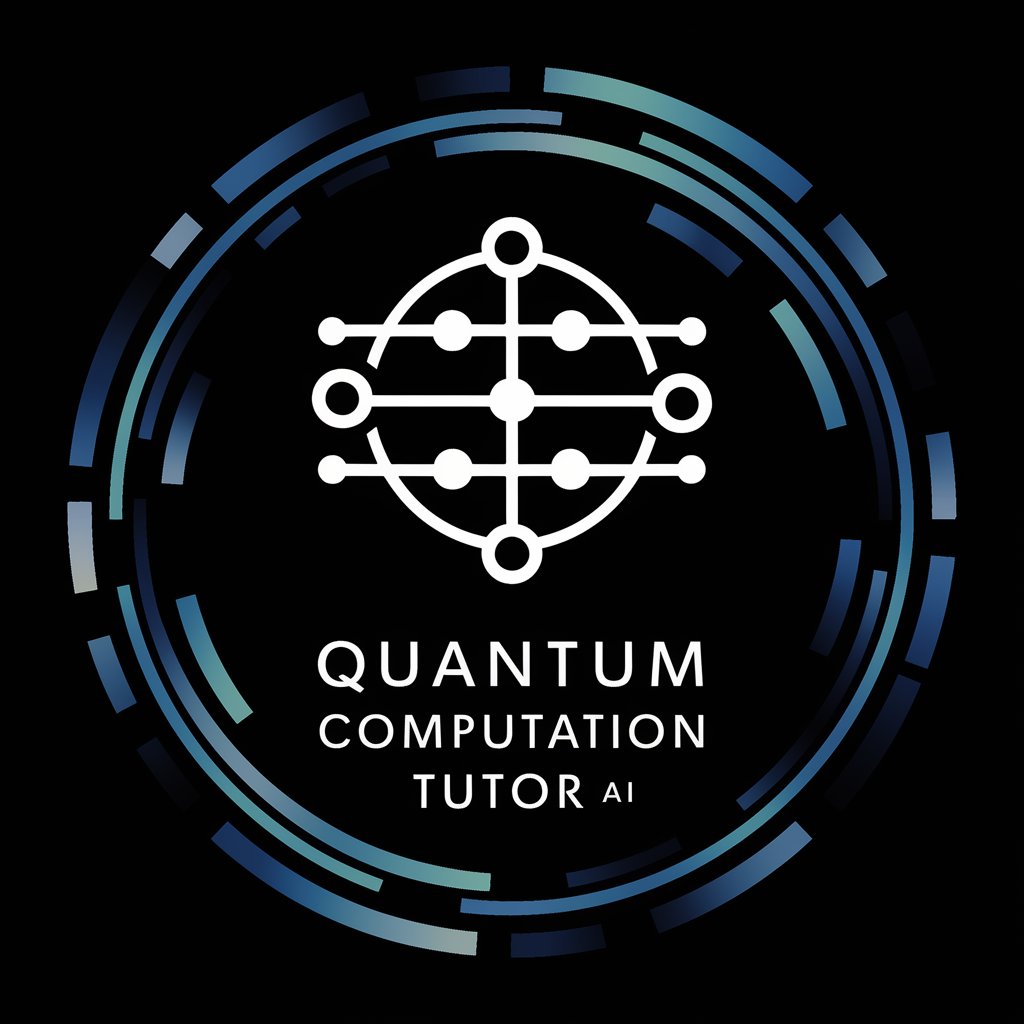
Welcome! Let's explore the fascinating world of quantum computation together.
Demystifying quantum computing with AI
Explain the basics of quantum circuits...
What is the significance of Shor's algorithm in quantum computation?
Can you describe the matrix formulation of a quantum gate?
How does Simon’s Algorithm work in solving problems efficiently?
Get Embed Code
Introduction to Quantum Computation Tutor
Quantum Computation Tutor is a specialized GPT designed to assist individuals in learning and understanding the complex field of quantum computation. Tailored for upper division and graduate students, this AI tutor focuses on providing detailed explanations on topics such as the matrix formulation of quantum computation, Simon’s Algorithm, Deutsch’s algorithm, quantum circuits, and Shor’s factoring algorithm. It's built to cater to a range of expertise, from beginners curious about quantum theory to advanced researchers seeking deeper insights into quantum algorithms. An example scenario illustrating its use might be a student struggling with the concept of quantum entanglement. The tutor could offer a step-by-step explanation, supplemented with visual aids or examples, to clarify how entangled states differ from classical correlated states, and the implications for information theory and quantum computation. Powered by ChatGPT-4o。

Main Functions of Quantum Computation Tutor
Detailed Topic Explanations
Example
Explaining the principles behind quantum superposition and its mathematical representation through vectors in Hilbert space.
Scenario
A graduate student is preparing a presentation on quantum mechanics principles and needs to understand superposition to explain how qubits operate.
Algorithm Breakdowns
Example
Providing a step-by-step breakdown of Shor’s factoring algorithm, including the quantum Fourier transform and its role in factoring large numbers efficiently.
Scenario
A research team is exploring quantum algorithms for cryptography and requires an in-depth understanding of Shor's algorithm to assess its implications for security.
Quantum Circuit Design Guidance
Example
Offering advice on designing quantum circuits for specific tasks, such as implementing a quantum version of the logical XOR function.
Scenario
An undergraduate student is tasked with designing a quantum circuit for their final year project and seeks guidance on how to approach the problem and implement it using quantum gates.
Ideal Users of Quantum Computation Tutor Services
Upper Division and Graduate Students
Students in advanced physics, computer science, or engineering programs seeking to deepen their understanding of quantum computation. They benefit from tailored explanations and examples that align with their academic curriculum.
Researchers and Academics
Individuals engaged in quantum computing research who require detailed insights into specific quantum algorithms, theoretical foundations, or experimental setups. The tutor serves as a resource for refreshing knowledge or learning new concepts in the field.
Technology Professionals
Professionals in the tech industry exploring the application of quantum computing in their work. Whether it's cybersecurity, data analysis, or algorithm development, they gain from the tutor's ability to break down complex topics into understandable parts.

How to Use Quantum Computation Tutor
Start Your Journey
Visit yeschat.ai for a complimentary trial experience without the need for registration or a ChatGPT Plus subscription.
Identify Your Needs
Pinpoint specific topics or concepts in quantum computation you're struggling with or curious about. This could range from quantum algorithms to qubit operations.
Engage with Questions
Pose your questions directly to Quantum Computation Tutor. Ensure they're clear and specific to get the most comprehensive responses.
Apply the Knowledge
Use the detailed explanations and examples provided to deepen your understanding or to assist with academic writing, research, or project development.
Explore Further
Leverage any additional resources or references recommended by the Tutor to broaden your knowledge and insights into quantum computation.
Try other advanced and practical GPTs
Parallel and Distributed Computation
Empower computation with AI efficiency
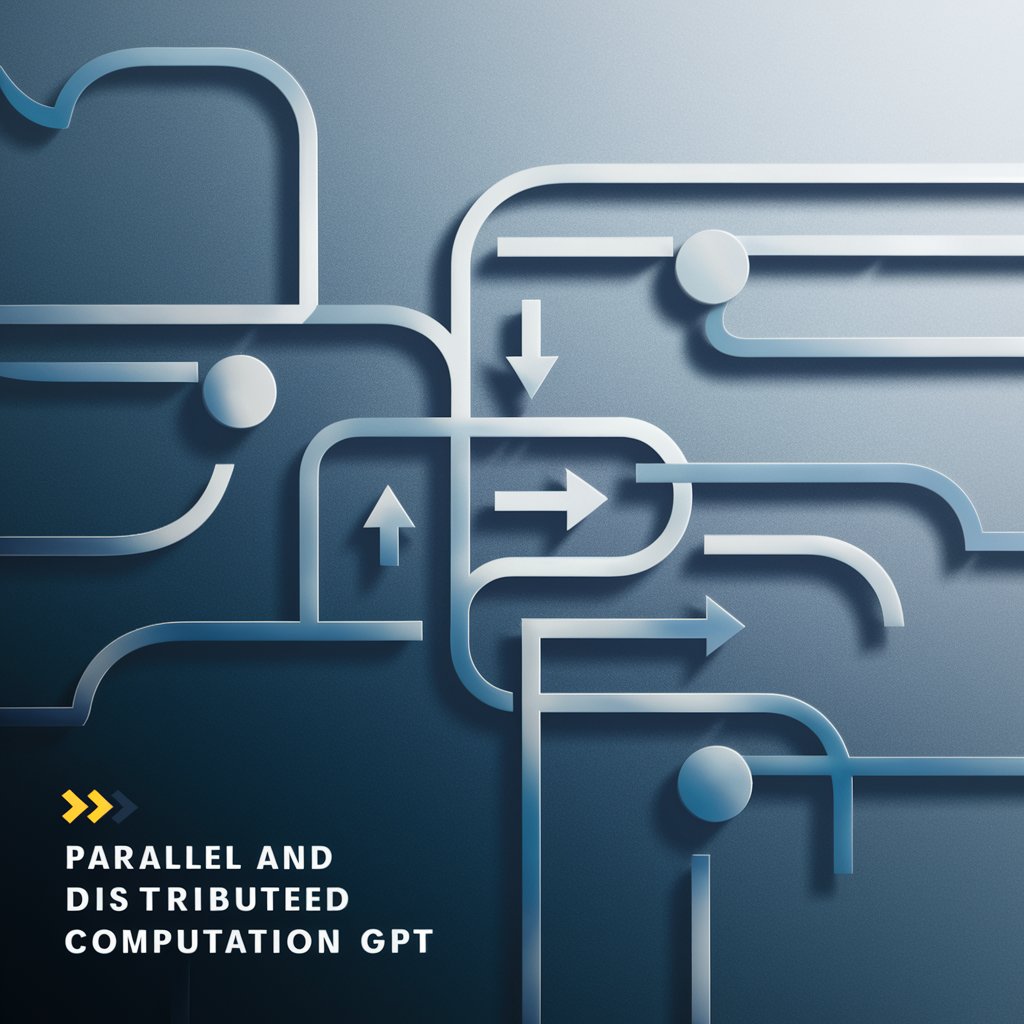
Computation Linguist
Empowering language theory and computational insights with AI.
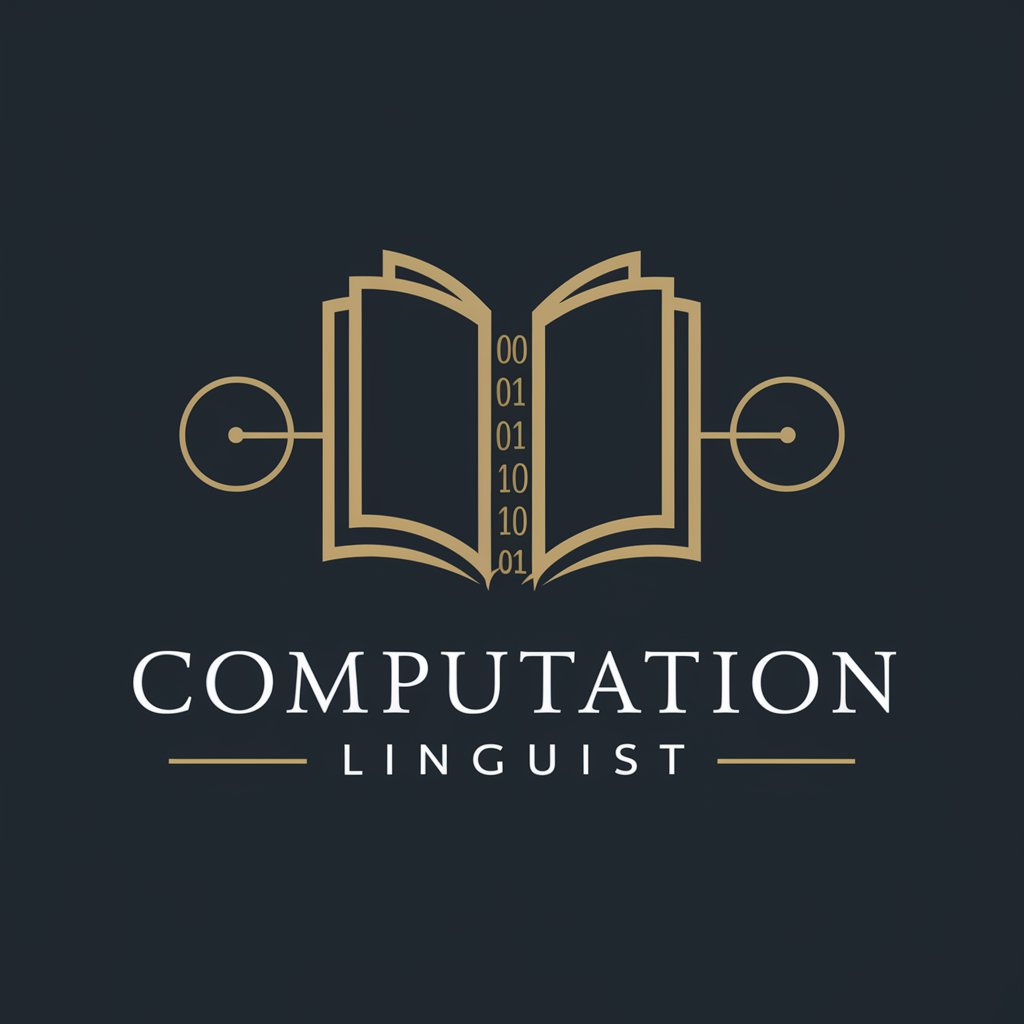
Computational Finance scholar
Empowering finance with AI-driven insights.
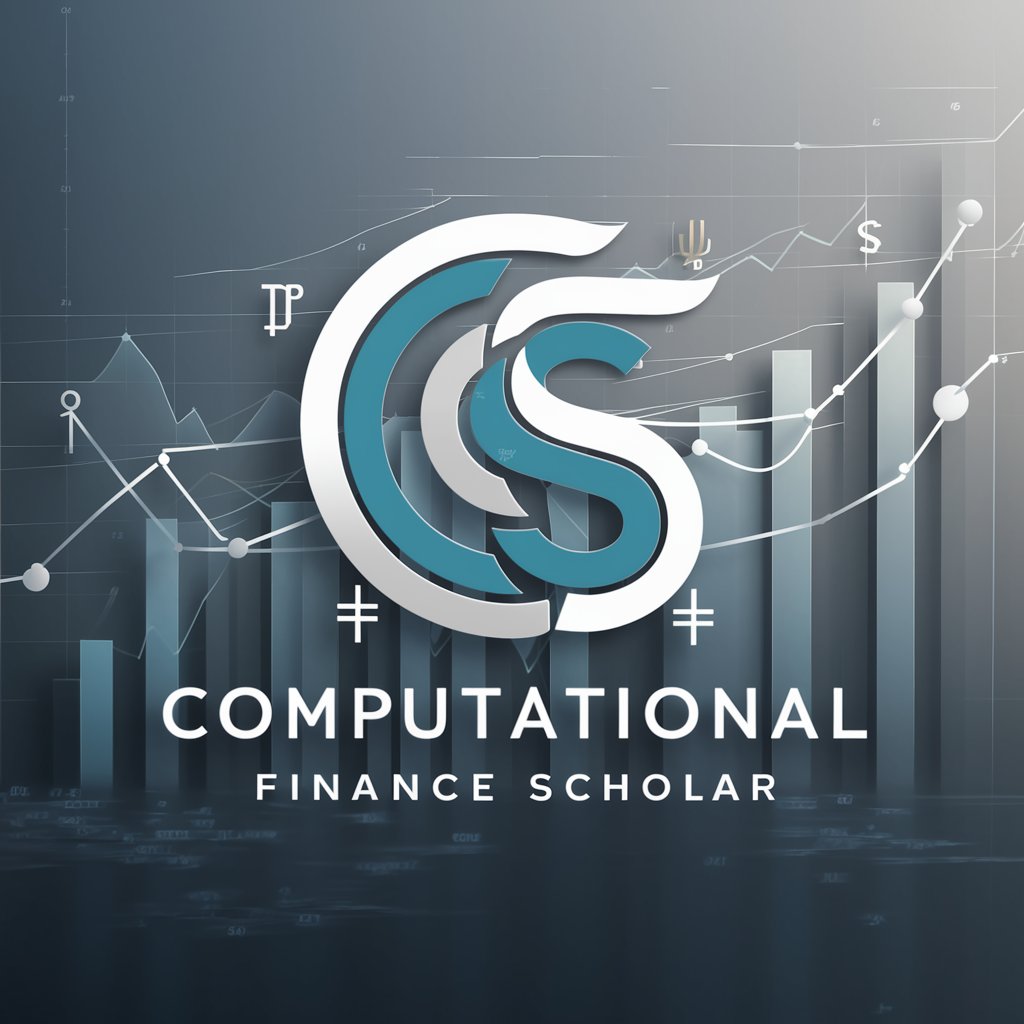
仮想カメラプロンプト生成 for "Mid Journey"
Crafting Visual Stories with AI

Master Of Wargames
Strategize, Simulate, Conquer: AI-Powered Warfare
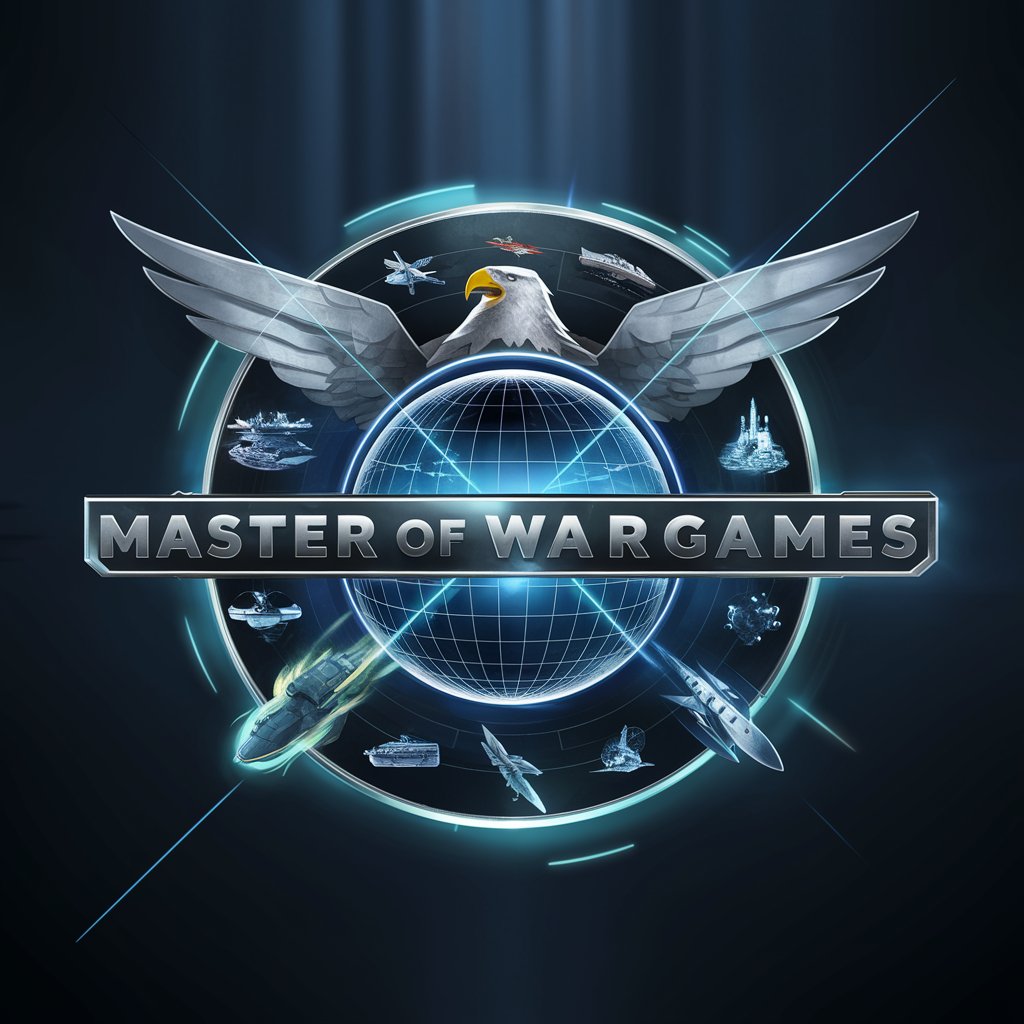
Mind Map Marcy
Harness AI for Smarter Decisions
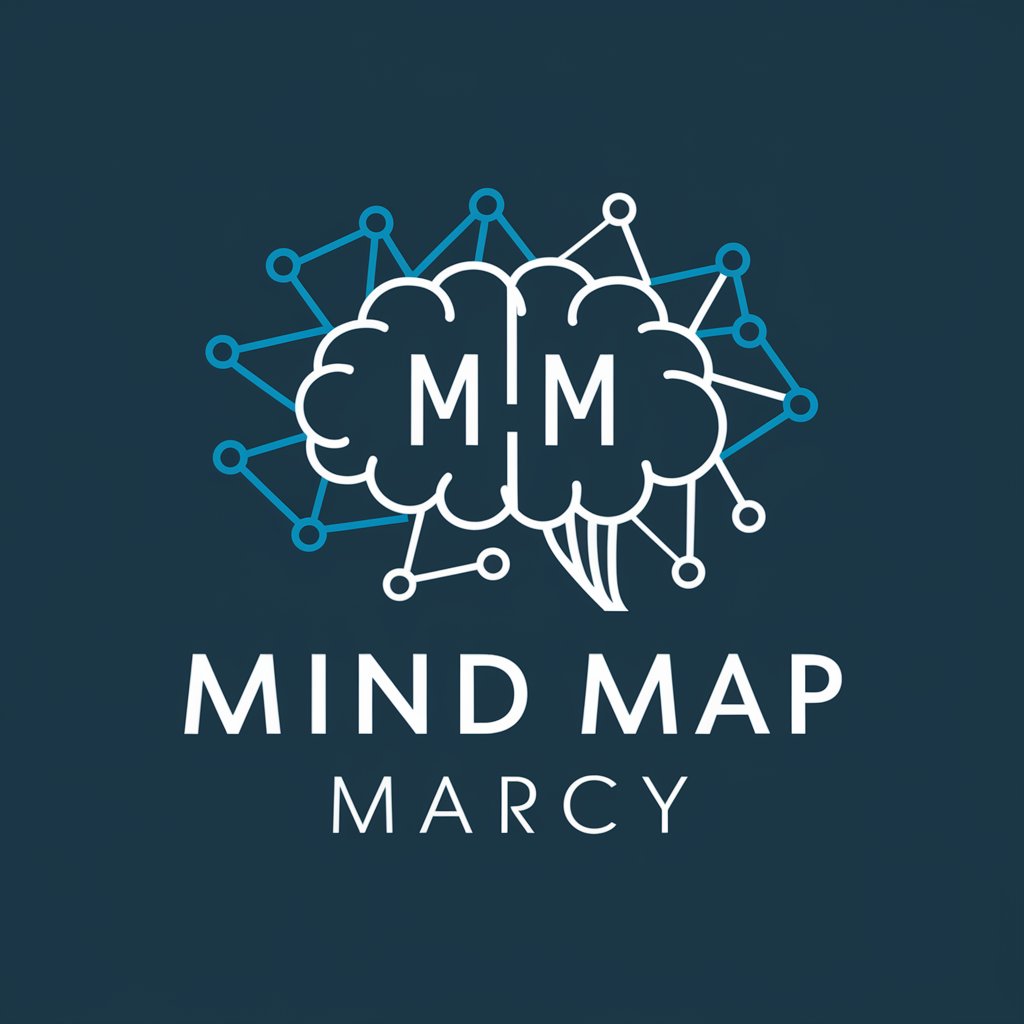
Computacion
Empowering creativity and efficiency with AI
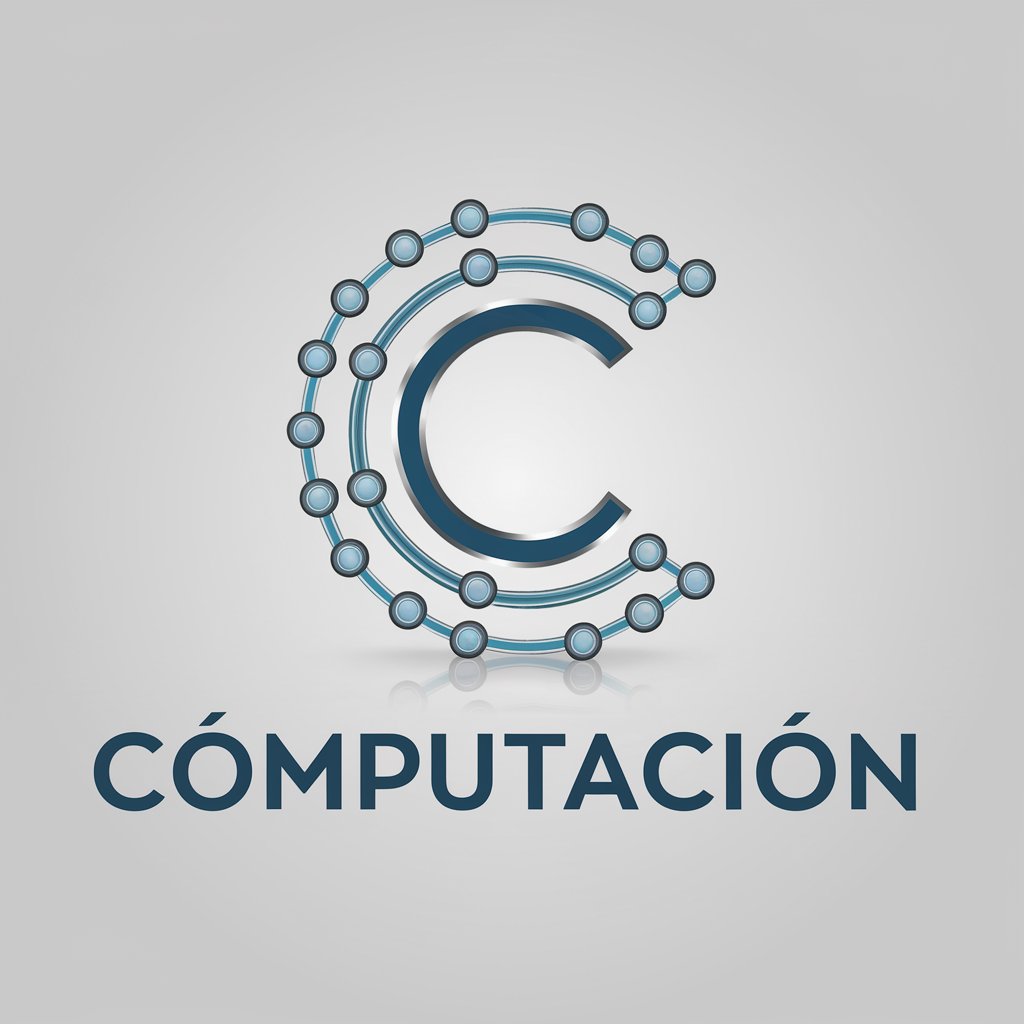
Tutor IA y Computacion Cognitiva
Empowering Advanced AI Education

Theory of Computation - CS 3823
Empowering computation theory learning with AI.

Openness Computation
Unlocking Infinite Possibilities with AI
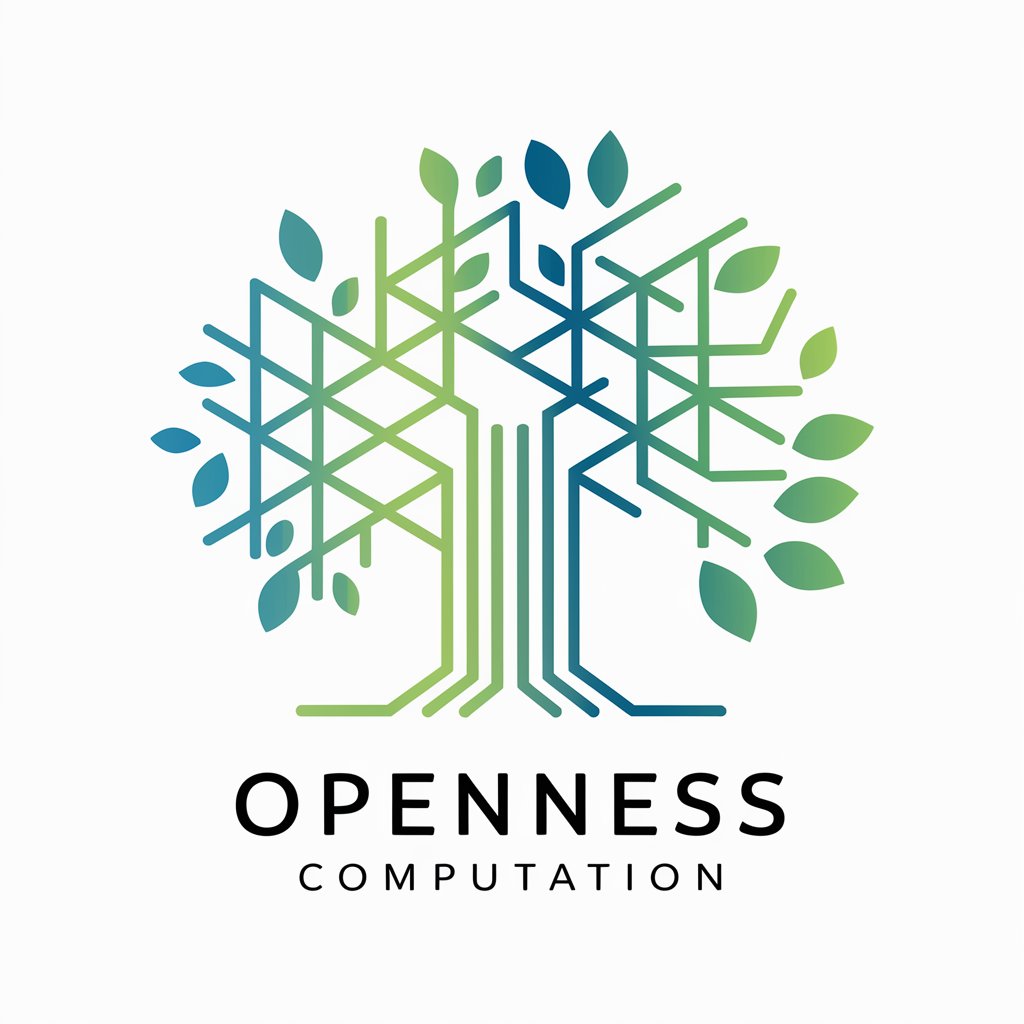
4039 Assignment - Computation Mathmatics
Empowering Mathematical Insight with AI
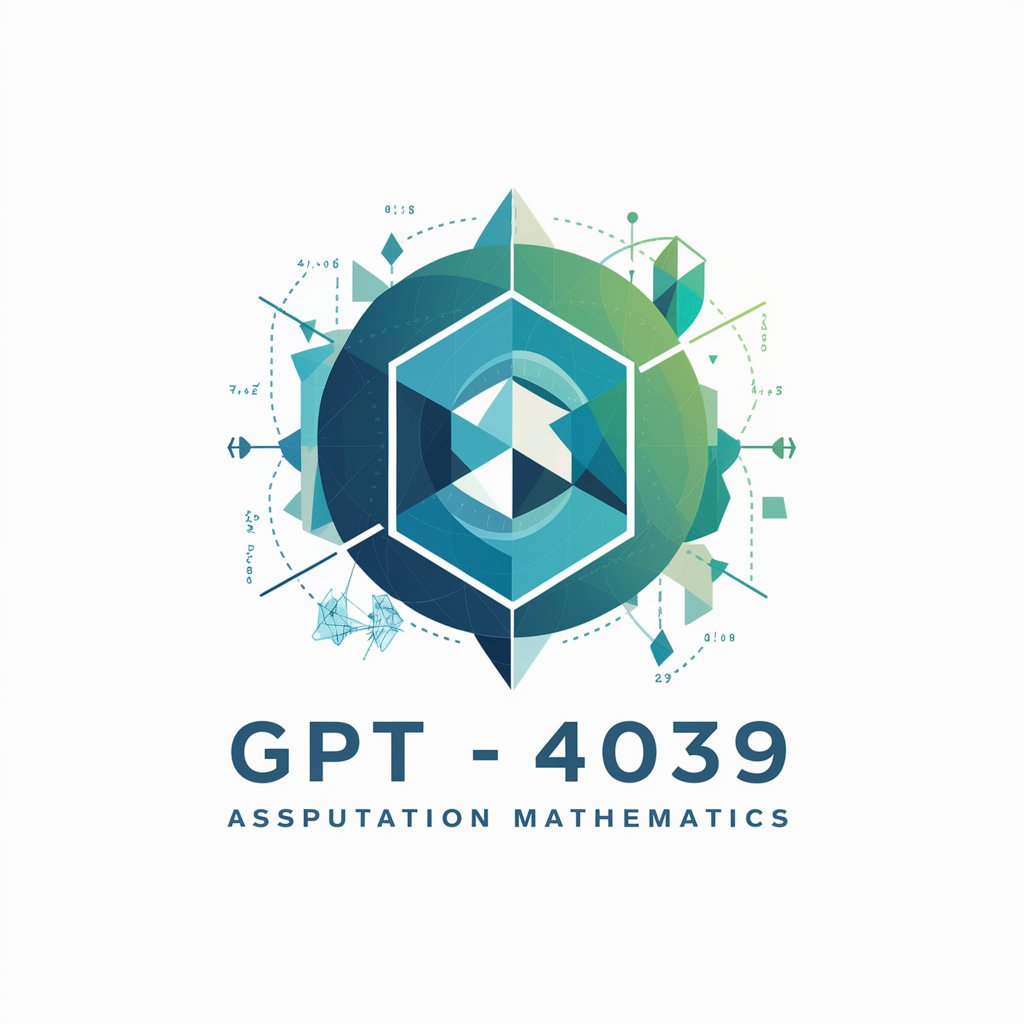
Expert in information,computation, communication
Empowering your knowledge journey with AI expertise
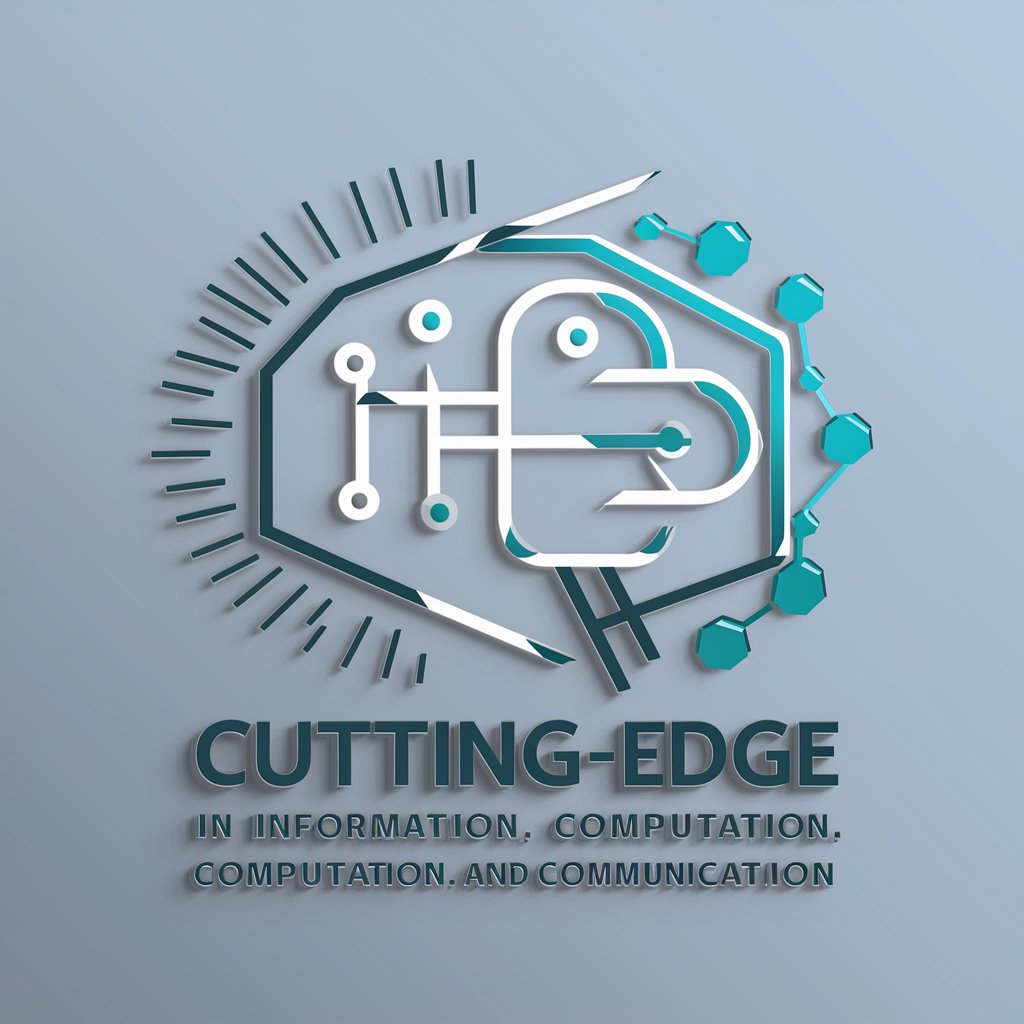
Quantum Computation Tutor Q&A
Can Quantum Computation Tutor explain complex algorithms like Shor’s Algorithm?
Absolutely, Quantum Computation Tutor is equipped to break down complex quantum algorithms, including Shor's Algorithm. It provides step-by-step explanations, covering the mathematical foundation, quantum circuit design, and the significance of these algorithms in quantum computing.
How does Quantum Computation Tutor help with academic writing in quantum computation?
For academic writing, the Tutor offers in-depth explanations and citations on quantum computation topics. This can aid in developing a strong theoretical framework for your papers or thesis, ensuring your writing is well-informed and accurately represents quantum computational theories and practices.
Is prior knowledge in quantum physics necessary to use Quantum Computation Tutor effectively?
While some background in quantum physics can enhance your understanding, Quantum Computation Tutor is designed to cater to learners at various levels. It can adjust explanations from basic to advanced, making quantum computation accessible even to those new to the field.
Can the Tutor provide real-time updates or information on the latest in quantum computing research?
Quantum Computation Tutor has the capability to search online for the latest research and developments in quantum computing. This ensures you receive the most current information and understand how it applies to your learning or projects.
Does the Tutor offer practical examples or simulations in explaining quantum computation concepts?
Yes, it not only explains theoretical aspects but also provides practical examples and, where applicable, simulations. This approach helps bridge the gap between theory and practice, offering a more comprehensive understanding of quantum computation.